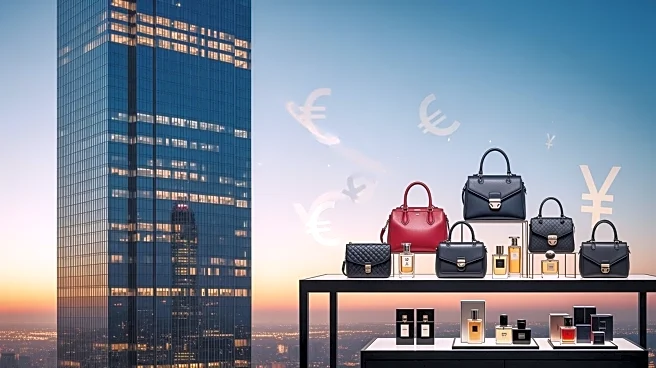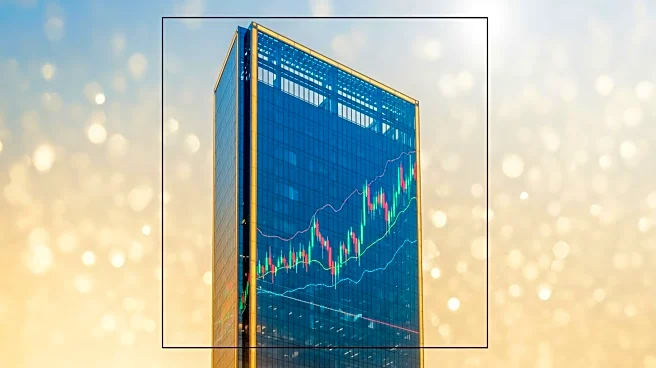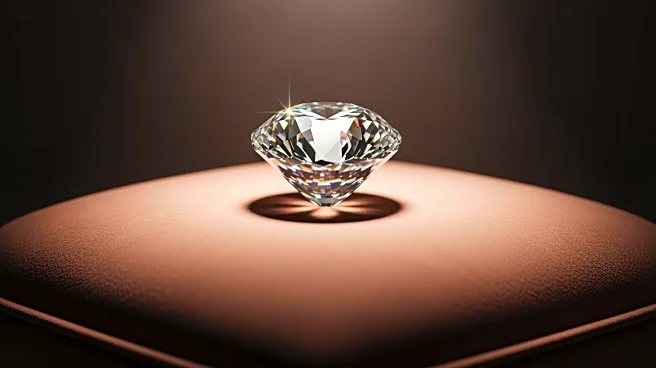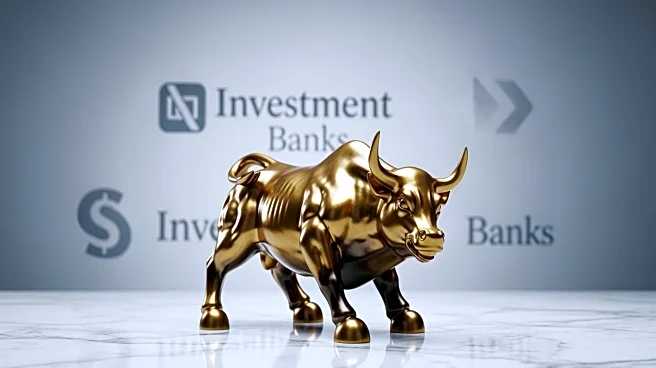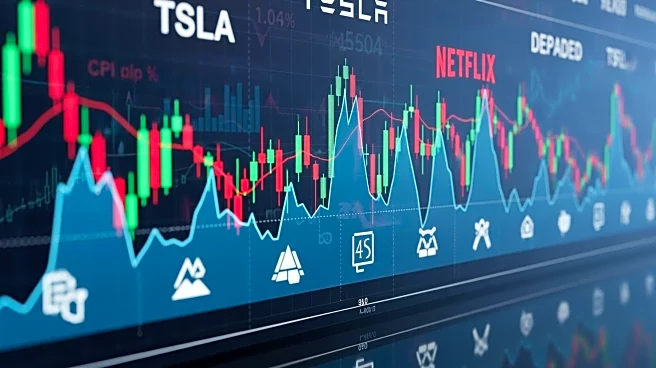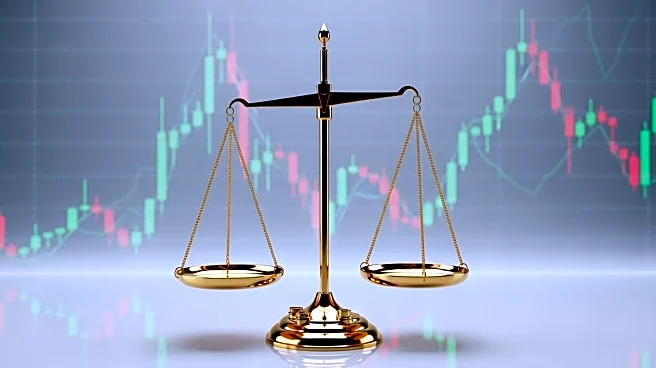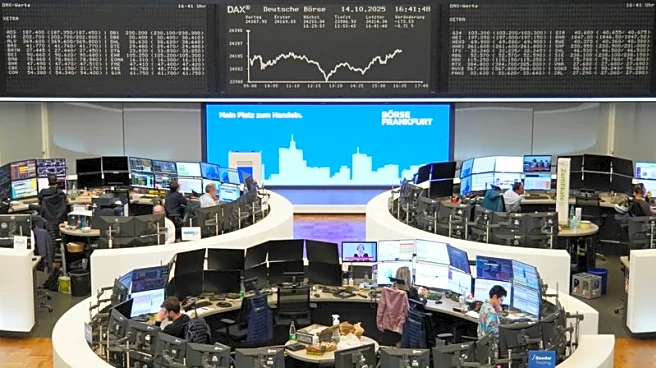What's Happening?
LVMH, a leading luxury group, reported a 1% growth in its third-quarter results, which led to a 14% increase in its stock price. Despite this growth, the company's fashion and leather goods division saw a 2% contraction, following a 7% decline in the first
half of the year. This modest growth has sparked a rally in the luxury sector, with share prices of other companies like Kering, Hermès, and Richemont also rising. However, the optimism in the market appears to be more about hope than a clear indication of a luxury rebound. The sector is facing its most prolonged downturn since the 2008 financial crisis, with store traffic down by about 20%. Executives are hopeful that new creative directions in fashion will attract consumers back to luxury stores.
Why It's Important?
The performance of LVMH and the luxury sector is significant as it reflects broader economic trends and consumer confidence, particularly in key markets like the U.S. and China. The luxury sector's health is often seen as a barometer for the overall economy, given its reliance on discretionary spending. A sustained downturn could impact related industries, such as retail and manufacturing, and influence employment in these sectors. Conversely, a rebound could signal a return of consumer confidence and spending power, benefiting the global economy. The sector's performance also affects investor sentiment and stock market dynamics, influencing financial markets worldwide.
What's Next?
The future of the luxury sector hinges on consumer behavior in the U.S. and China. Companies are banking on creative renewals and designer debuts to rejuvenate interest and drive store traffic. Additionally, the upcoming festive season, particularly Diwali, presents an opportunity for luxury brands to capitalize on increased consumer spending. The sector will be closely watching economic indicators and consumer trends to gauge the potential for a sustained recovery. Stakeholders, including investors and industry leaders, will likely continue to monitor these developments closely.
Beyond the Headlines
The luxury sector's challenges highlight broader economic issues, such as income inequality and changing consumer priorities. As consumers become more conscious of sustainability and ethical production, luxury brands may need to adapt their strategies to align with these values. The sector's reliance on key markets like China also underscores geopolitical risks and the impact of international relations on global trade. Long-term, the luxury industry may need to innovate and diversify to remain resilient in the face of economic uncertainties.


